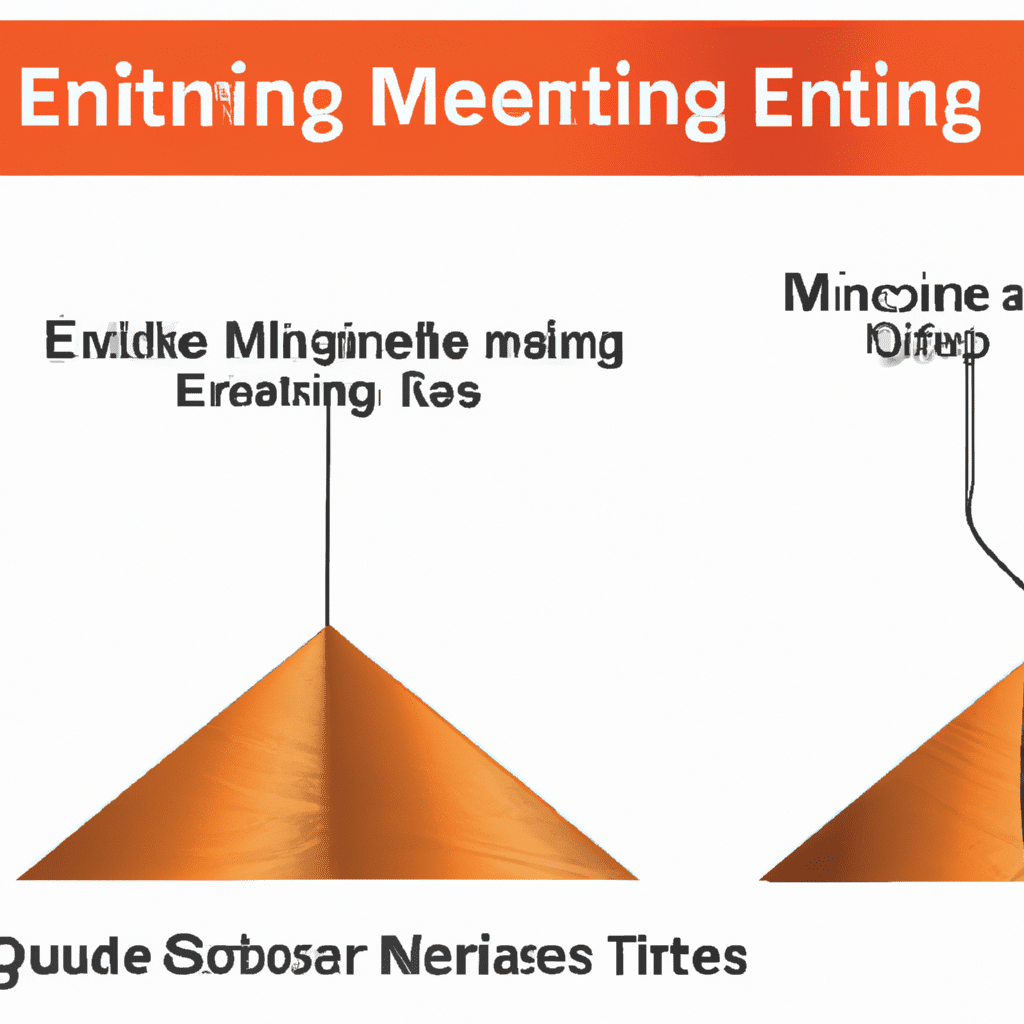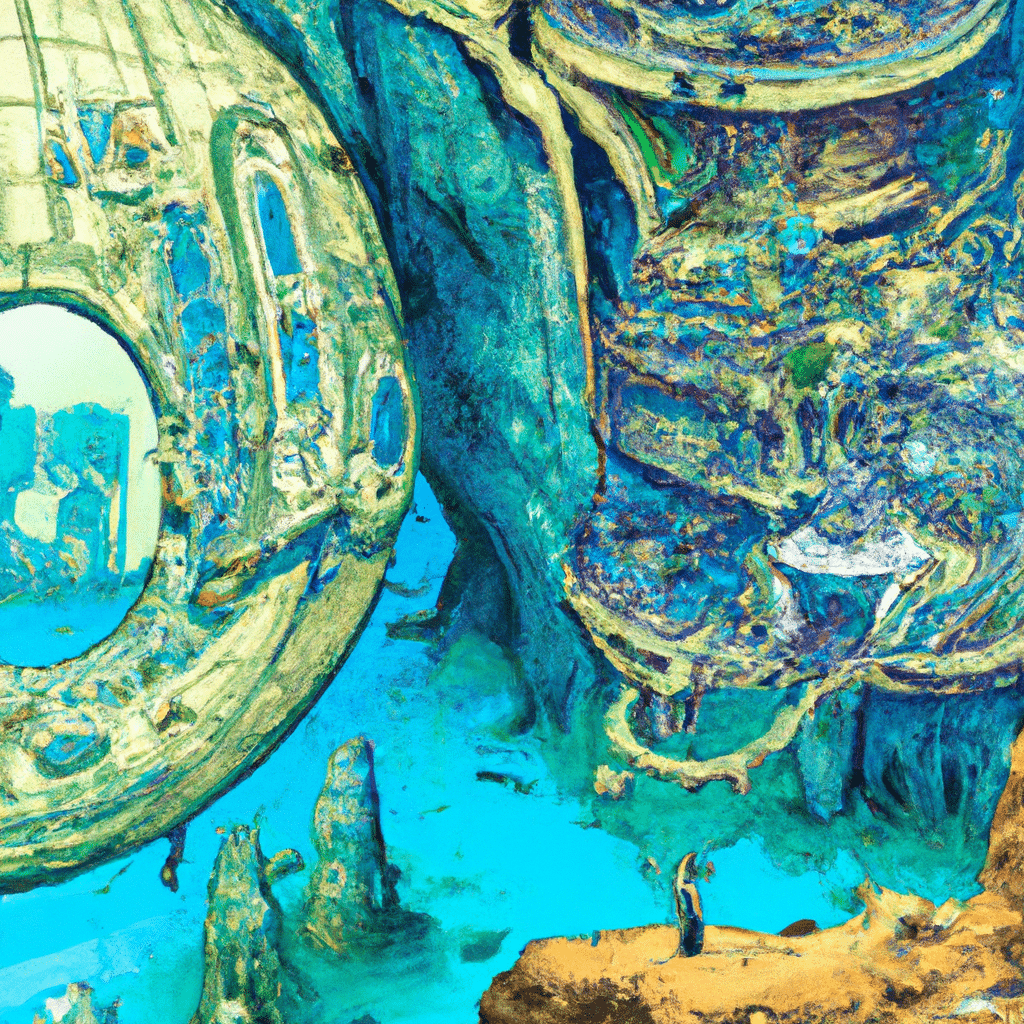MIT Whiz Kids Spotlight Super-Smart Material Manipulation Techniques
Ever thought about what engineers at MIT might do for their coffee break conversations? Debate about Schrödinger’s cat or find new torturous ways to scare freshman students? Nah, too cliché. Instead, they’re busy playing God with material properties, all in the name of research, of course. A new study by this brainy bunch offers a guide on how to fine-tune material properties like they’re customizing their favorite Star Wars characters.
Key Atomic Anecdotes:
- The MIT marvels have decided that simply working with materials is too mainstream, so they’ve ventured into manipulating their properties. Pawing at the atomic-level to create personalized, super-smart materials is now their favorite pastime.
- The guide they’ve crafted suggests techniques for tweaking atomic structures and “knitting” them back together. I mean, who wouldn’t want an atomic cardigan in this chilly weather?
- They’re passionate about this because fine-tuning properties allow us to develop materials designed specifically for unique applications, like stronger metals for aircraft, let’s just hope they don’t figure out how to make Lecturers’ jokes funnier.
- Their research details models that let scientists predict atomic behavior under different conditions, which I guess would make atomic weathermen a real job in the near future.
In Summary:
MIT stays lit. Not content with just accepting the natural world as it is; these engineers are busy tailoring the atomic world like it’s the latest fashion trend. In doing so, they’re hoping to create a future where materials are perfect for their purpose – one where we could even get that perfect slice of toast each morning. We’re all for that, so here’s hoping everything stacks up when put to the test.
Final Thoughts:
In a not-so-distant future, we might all be thanking these MIT maestros as we fly in ultra-safe aircraft made of hyper-personalized metals or wear nifty, atomic-level tweezer knitted clothes that always feel just right. Until then, we’ll continue to be thankful for the brains that never stop ticking away at MIT or elsewhere, making our futures brighter and our bad physics jokes that much harder to understand. Engineering humor – it really is a material world.
As part of this experiment I would like to give credit where credit is due. If you enjoy these, please take a moment to read the original article:
https://news.mit.edu/2024/first-ever-complete-map-elastic-strain-engineering-0329
Blog Title
AI: gpt-3.5-turbo-0125: chatcmpl-98A6u5sf4NWimR1uCNWeFcT8pLuby
Instruction: “You are an AI blog title generator. Create a catchy and concise title for the blog post that is catchy and optimized for search engines. Remove all html in the response and do not use quotes. Please do not use words that are unsafe to process in Dall-E image AI.”
Prompt: Content Summary of text from above.
Response: MIT Engineers’ Guide: Fine-Tuning Material Properties
Image Description
AIgpt-4-0613:chatcmpl-98A6zFzWu5SKkMMrx3ASx405LqKrg
Instruction: “You are a helpful assistant that creates unique images based on article titles. Create a brief visual description of what an image would look like for this title. Please pick a style of art from the following: Futurism, Impressionism, Romanticism, or Realism, be sure to consider the image should reflect an AI Robot Pirate theme during the Golden Age of Pirates.”
Prompt: In a Realism style, the image highlights a well-lit, detailed lab setting with schematics and diagrams spread on a table. At the forefront, we see an MIT engineer, identified by their logo on their lab coat. They’re intensely focused, tweaking a complex-looking metallic object using advanced tools, symbolizing “fine-tuning”. The object blends traditional material properties such as wood, glass, and metal, with signs of technological parts to embody the AI robot pirate theme. In the background, there’s a digital screen reflecting a “Golden Age of Pirates” map.
Response: MIT Engineers’ Guide: Fine-Tuning Material Properties



